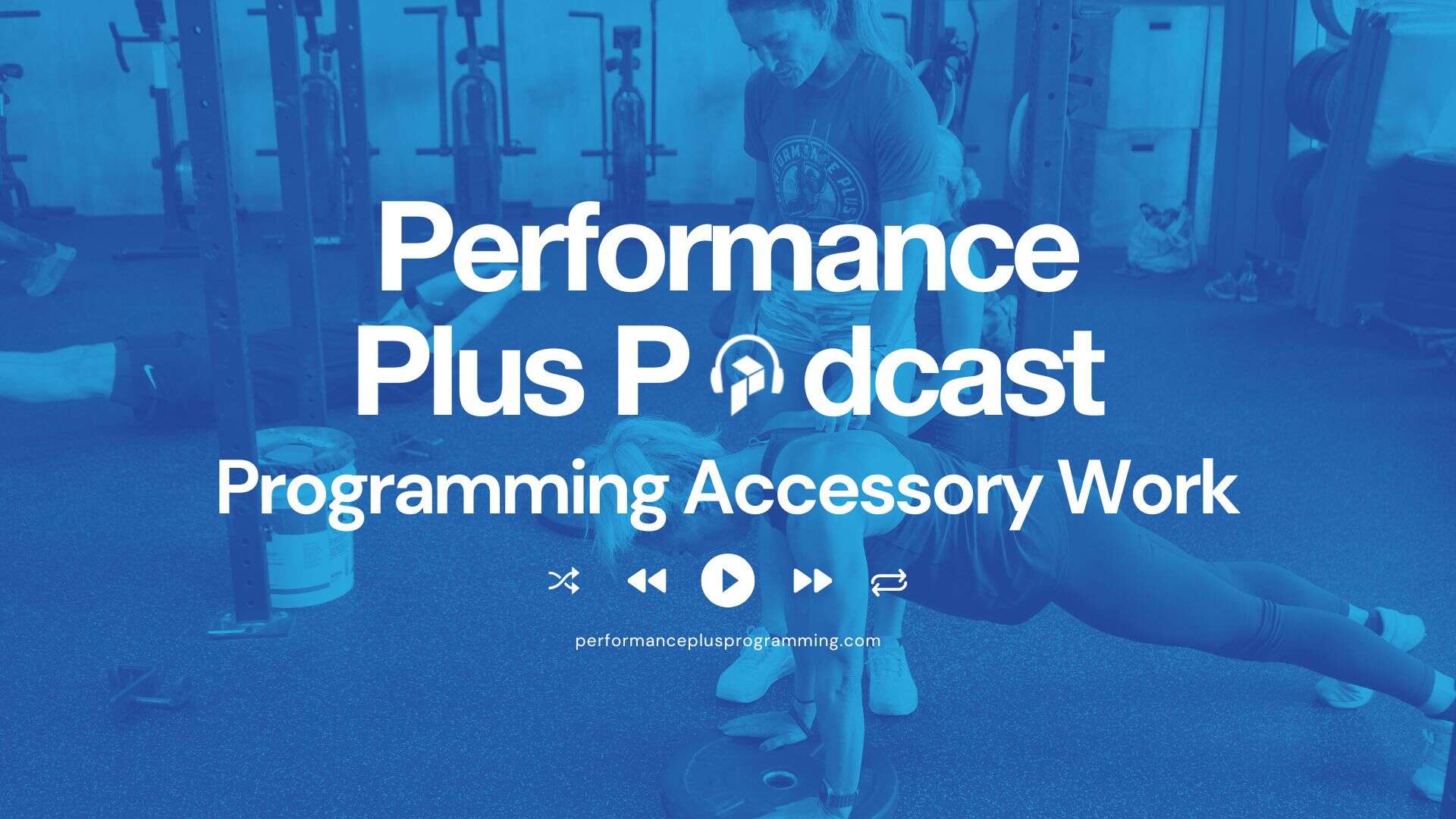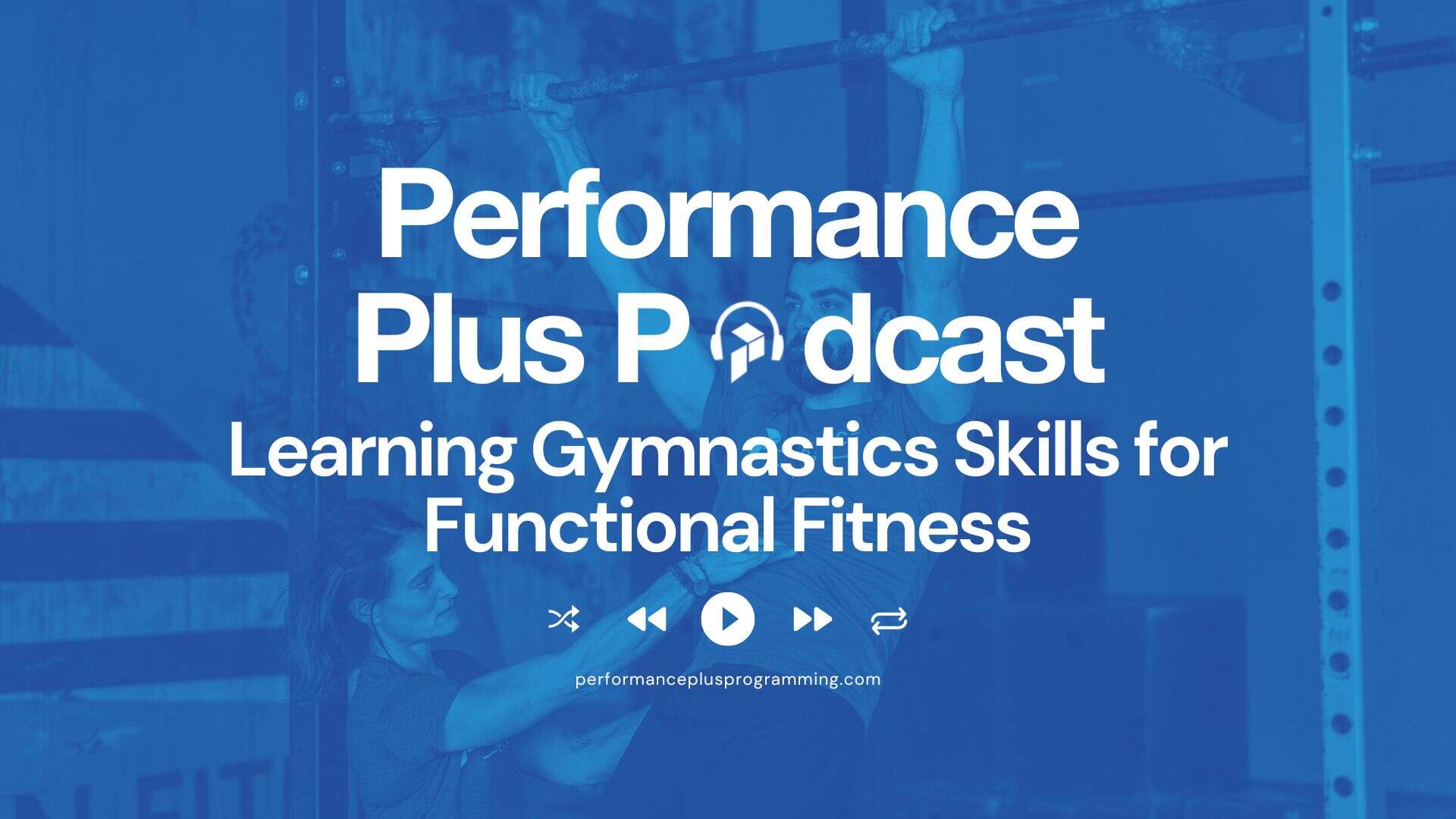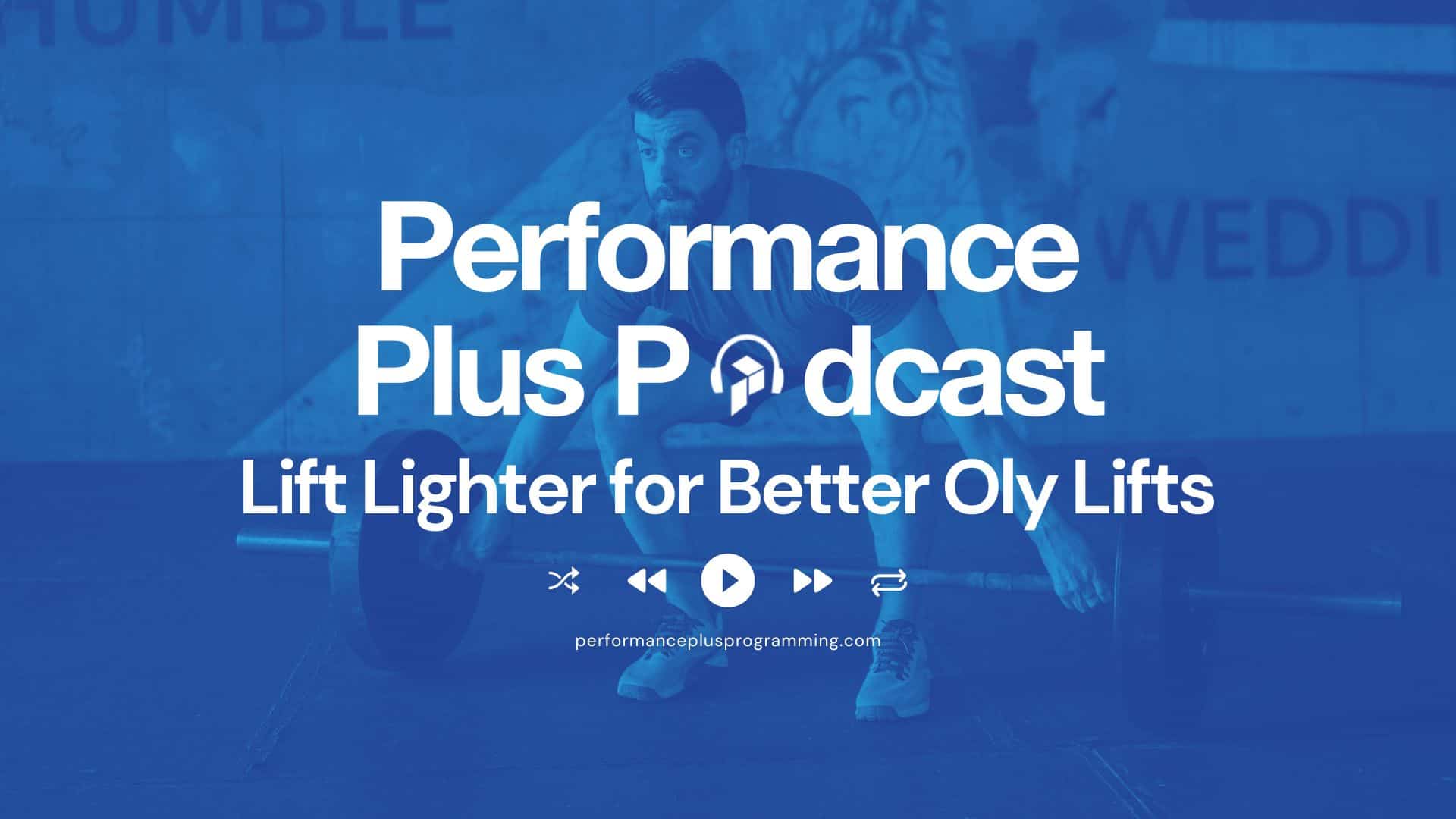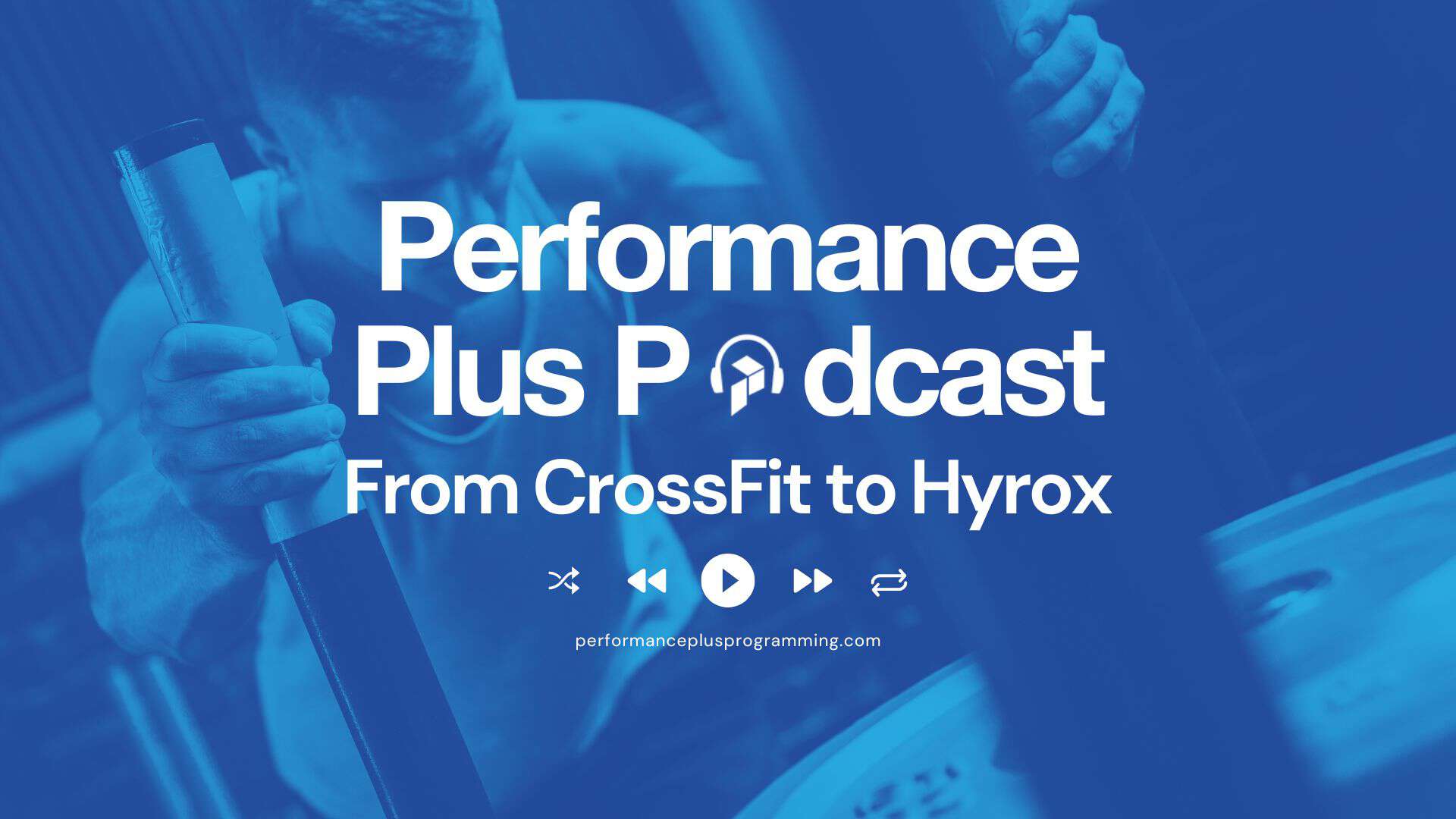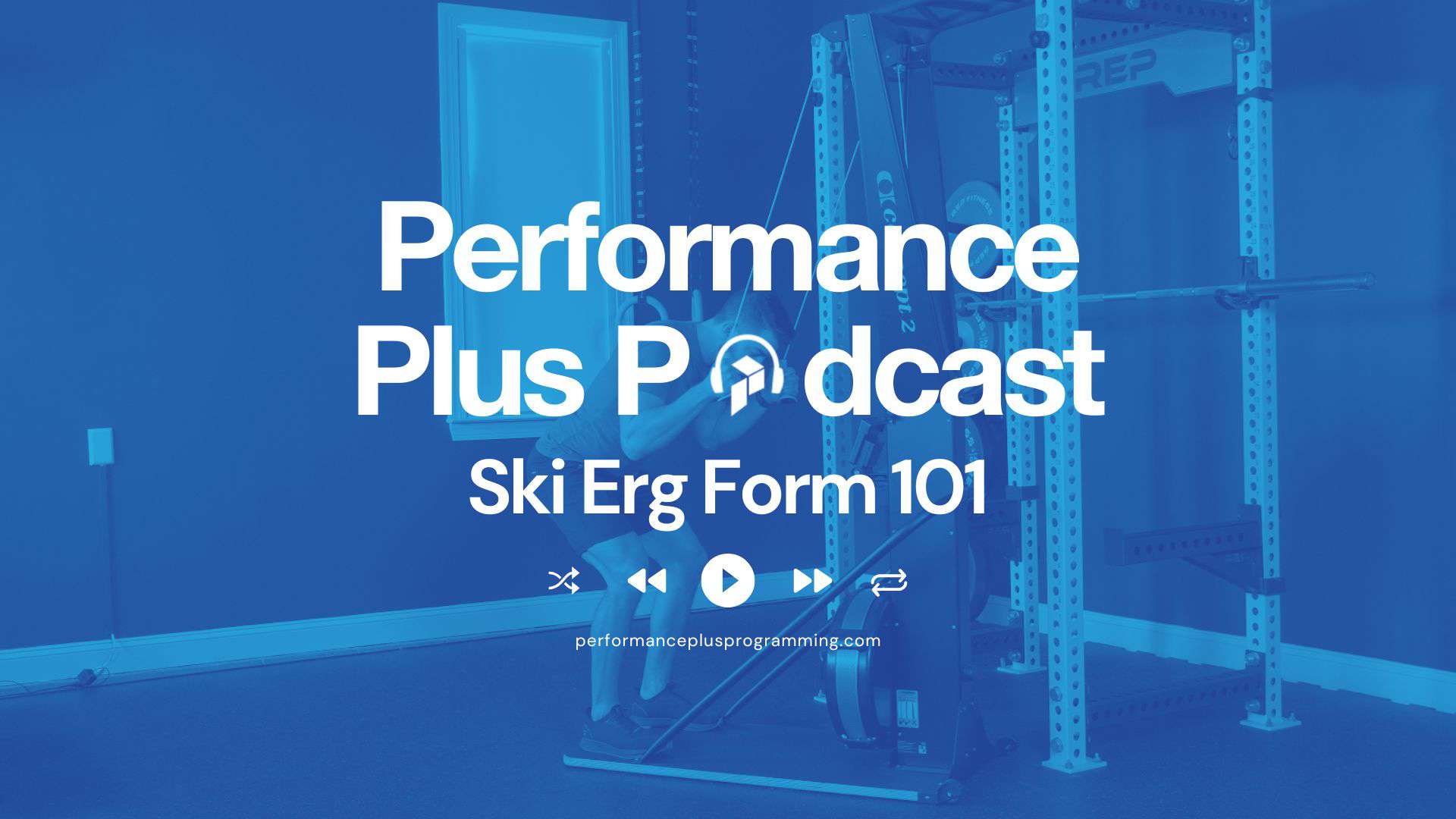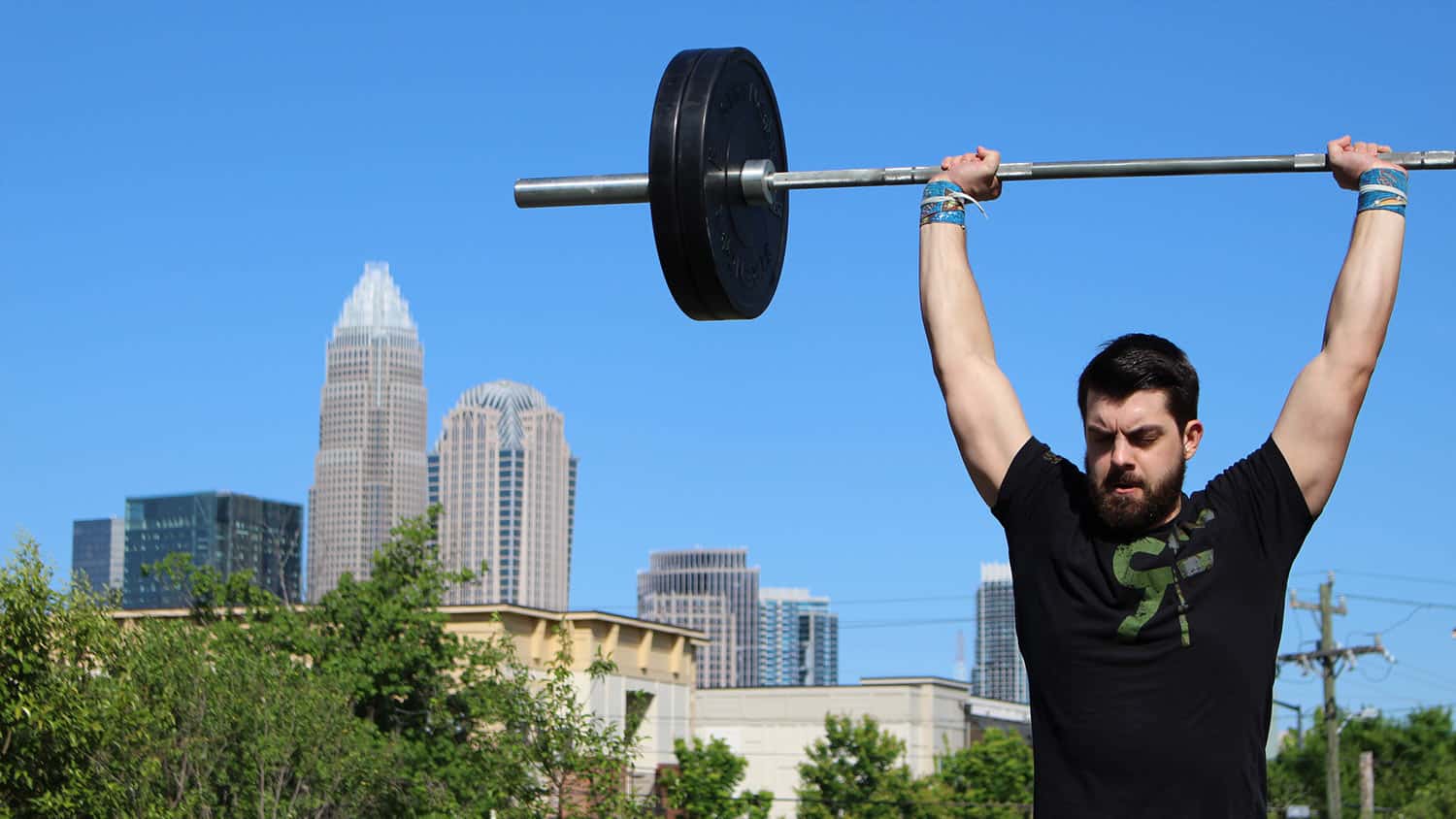
How We Program Mobility for Fitness Athletes
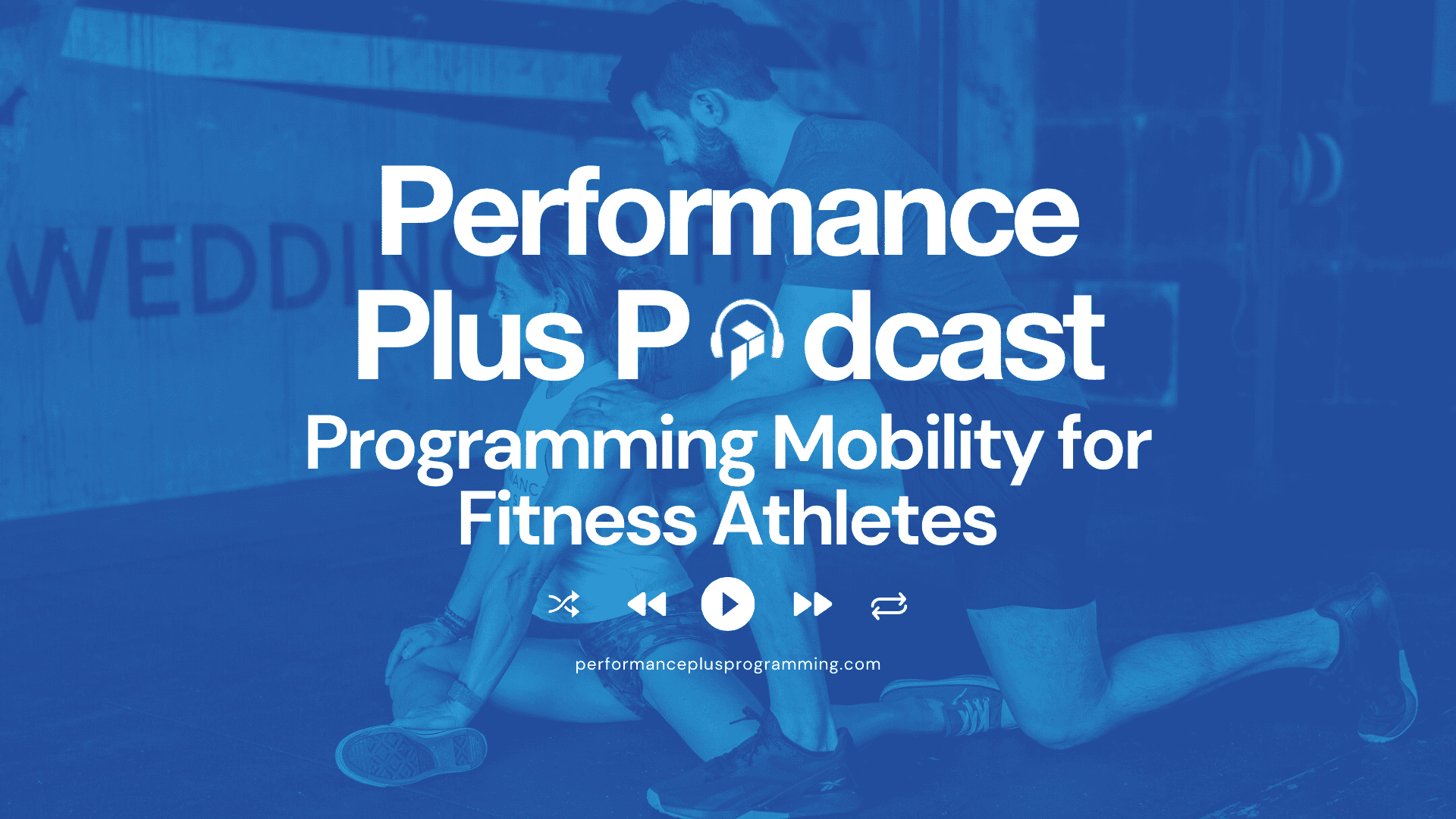
How We Program Mobility for Fitness Athletes
In this episode of the Performance Plus podcast, Zachary Long discusses the critical role of mobility for fitness athletes, particularly those engaged in CrossFit and Olympic weightlifting. He emphasizes the need for targeted mobility work rather than general stretching, highlighting the importance of assessing individual mobility limitations to enhance performance and reduce injury risk. The conversation covers the effectiveness of foam rolling, static stretching, and a structured three-step approach to improving mobility that includes opening up range of motion, building strength in that range, and integrating it into functional movement patterns. Zachary also shares resources for athletes to improve their mobility effectively.
Podcast Takeaways
- Mobility is crucial for performance-based goals.
- CrossFit challenges the body’s mobility more than other sports.
- General stretching does not significantly reduce sports injuries.
- Targeted mobility work is essential for performance improvement.
- Foam rolling provides temporary benefits but is not a long-term solution.
- Static stretching should be done 5-10 minutes per week for best results.
- Building strength in new ranges of motion is vital for mobility retention.
- Integrating mobility work into functional movements enhances performance.
- Eccentric training can significantly improve mobility.
- Specific mobility programs yield faster progress than general ones.
Chapters
- 00:00 The Importance of Mobility for Fitness Athletes
- 02:48 Targeted Mobility Work for Performance
- 06:14 The Role of Foam Rolling in Mobility
- 08:59 Static Stretching and Its Effectiveness
- 12:01 A Three-Step Approach to Improving Mobility
- 14:57 Conclusion and Resources for Mobility Improvement
Podcast Summary
Mobility is a crucial component of performance for fitness athletes, including CrossFitters and Olympic weightlifters. This guide delves into the best practices for mobility programming, the science behind effective strategies, and practical tips to integrate mobility into your training routine.
Why Mobility Matters for Fitness Athletes
CrossFit and similar performance-based fitness activities demand a greater range of motion than most other sports. Movements like overhead squats, toes-to-bar, and dips require athletes to push their joints to extreme ranges under load and fatigue. If you lack adequate mobility, you’ll struggle to achieve optimal positions, increasing the risk of injury and limiting performance.
Common Mobility Myths: What the Research Says
A systematic review found that general stretching does not significantly reduce sports injuries. While stretching has its place, it’s not a one-size-fits-all solution. Instead, mobility work should be targeted to address specific limitations that affect performance. For instance, if limited ankle mobility is hindering your squat depth, it’s more effective to focus on improving ankle mobility rather than stretching other areas unnecessarily.
How to Program Mobility: The Three-Step Approach
1. Identify Limitations
The first step in mobility programming is a targeted assessment. For example, if your front squat feels restricted, determine whether it’s due to limited ankle, hip, or thoracic mobility. You can use specific tests to identify the exact problem areas and create a more focused approach to mobility training.
2. Open Up Range of Motion
Use techniques like static stretching, foam rolling, and joint distractions to increase range of motion. Keep in mind that foam rolling primarily offers temporary improvements. It’s most effective when combined with stretching or strength exercises, not as a standalone method.
3. Build Strength in New Ranges
Once you’ve improved range of motion, it’s essential to build strength in the newly accessible areas. For instance, after increasing shoulder mobility, perform isolated exercises that strengthen your shoulders in the new range. This approach helps maintain improvements and reduces the likelihood of reverting to compensatory patterns.
4. Integrate Mobility into Functional Movements
Finally, apply the increased mobility to relevant movement patterns. For example, if you’ve improved ankle mobility, incorporate slow-tempo goblet squats that emphasize driving your knees forward. This helps athletes translate gains in mobility to better performance in their sport.
Eccentric Training for Improved Mobility
Research shows that eccentric strength training—slowing down the lowering phase of a lift—can significantly improve mobility. For athletes looking to enhance squat depth or overhead stability, slowing down the eccentric phase can lead to greater gains in flexibility and control. However, it’s important to reserve this approach for strength sessions, as it changes the metabolic demands during conditioning workouts.
Effective Static Stretching for Mobility Gains
Studies indicate that static stretching for 5–10 minutes per week is optimal, with a higher frequency (3–5 days per week) yielding better results than less frequent sessions. Incorporating techniques like contract-relax stretching or banded distractions can further enhance results.
The Long-Term Plan for Mobility Success
For lasting mobility improvements, follow focused programs that target one specific area over 4–6 weeks. This approach ensures faster, more noticeable progress than general routines. Programs like Performance Plus Programming offer specialized mobility plans for ankles, hips, squats, upper back, and overhead positions.
Conclusion: Mobility Is More Than Just Flexibility
Mobility is more than achieving greater range of motion; it’s about controlling that range to enhance performance. By following a structured, targeted approach, you can maximize gains, reduce injury risk, and see real improvements in your lifts and conditioning.
For more tailored mobility programs, check out [Performance Plus Programming](https://performanceplusprogramming.com), where you can find step-by-step plans designed for fitness athletes.
